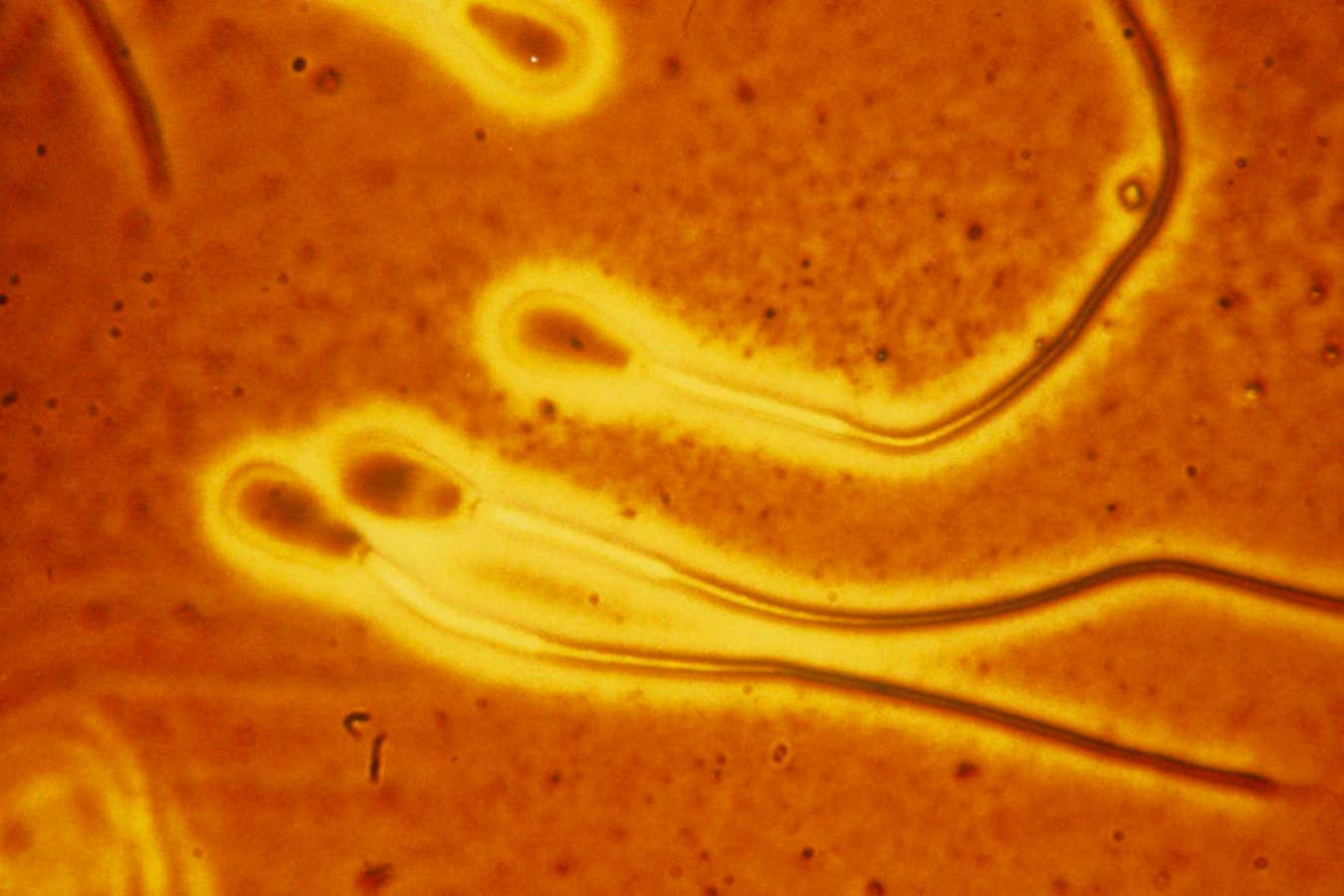Sperm adjust their swimming behavior in different conditions within the vaginal tract, potentially indicating their health and fertility. Future research could use this knowledge to select the most adaptable sperm for fertility treatments, increasing the chances of conception.
The vaginal tract is a complex environment with a significant role in influencing sperm migration and selecting high-quality sperm for natural fertilization, according to Farin Yazdan Parast at Monash University in Melbourne, Australia.
After vaginal intercourse, mucus secretion increases in the fallopian tubes, causing fluid movement in the vaginal tract and making it more viscous.
Previous studies have separately examined factors such as sperm shape, fluid viscosity, and flow in understanding how sperm adapt their swimming styles in navigating the vaginal tract. To gain a comprehensive understanding, Yazdan Parast and her team wanted to consider these factors together.
In their experiment, the researchers filled a container with a mucus-like liquid similar to the vaginal environment. They observed a bull sperm cell attached to a tiny chamber in the container and altered the viscosity of the liquid to observe changes in the sperm’s tail movement. Bull sperm cells have similar structures and swimming patterns to human sperm, making them an easier option for study with regulatory approval. The experiment was repeated with nine other bull sperm cells.
The researchers used high-resolution dark-field microscopy to capture the sperm’s movements. They found that as the liquid became more viscous, the sperm’s tails exhibited larger up and down motions. The tails beat the fastest when the environment resembled the area upstream of the vaginal tract, where sperm approach an egg. Sperm that cannot adapt to these conditions are likely to have a lower chance of fertilizing an egg.
These findings could potentially improve fertility treatments by replicating conditions similar to the female reproductive tract. By selecting sperm that display optimal swimming behavior in these conditions, researchers may enhance the success of fertility procedures.
Meurig Gallagher from the University of Birmingham acknowledges the existence of various devices that sort sperm based on their quality. However, before developing new and improved sorting methods, it is crucial to understand the characteristics that define a “good” sperm. Studies like this one contribute to that understanding.
Insights:
– Sperm adjust their swimming behavior in response to the conditions in the vaginal tract, potentially indicating their health and fertility.
– Understanding how sperm adapt to different environments in the vaginal tract could improve fertility treatments.
– The more viscous the liquid, the larger the up and down motions made by the sperm’s tails.
– Sperm that can adapt to the conditions resembling the area upstream of the vaginal tract have a higher chance of fertilizing an egg.
– Further research could help identify and isolate sperm that display optimal swimming behavior under conditions similar to those in the female reproductive tract.
– Studies on sperm behavior contribute to the development of improved fertility procedures.








